Wine is constant proof that God loves us and loves to see us happy – Benjamin Franklin
Benjamin Franklin was right, and to make it easier for us mere mortals to be happy, God blessed us with a bounty of fruit that can be transformed, with just a little bit of knowledge and skill, into all sorts of glorious wine.
Grapes might be the oenophiles’ chosen vessel for fermentation for grape wine, but if you were raised in the country like we were, you’ll know that wine doesn’t start, and it certainly doesn’t end with a vineyard.
Fruit wines for red wine lovers
Our favorite and possibly one of the easiest, fruit wines to make is blackberry wine, as the fruit is bountiful, grows nearly everywhere and whenever we want to make another batch. All we have to down is venture a couple of miles down the road and pick all the wild blackberries that we need to from the wild bushes that seem to grow almost everywhere and a blackberry wine recipe.
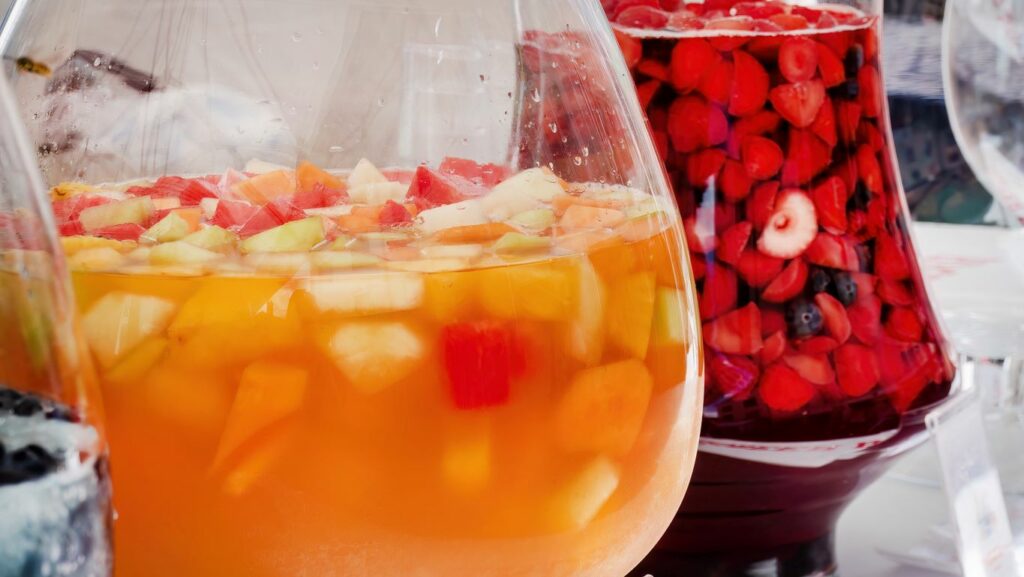
Picking Your Berries
Choosing the fruit is the smoothest and most straightforward part of the blackberry wine-making process,as you can pick fresh blackberries from as many different bushes as you want.
The variety in taste, which will run the gamut from sweet to tart, will just add to the complexity of flavor in your blackberry wine, and as fresh blackberries have high natural sugar content and sweetness, they’re ideal for making deep, rich, and surprisingly intricate fruit wines.
But, the one thing that you do need to remember, is that you’re not the one who knows that the berries are free, and there’s a good chance that when you pick them, the fruits that you collect might not be ripe and might have already provided a feast for the local insect population before you collected them.
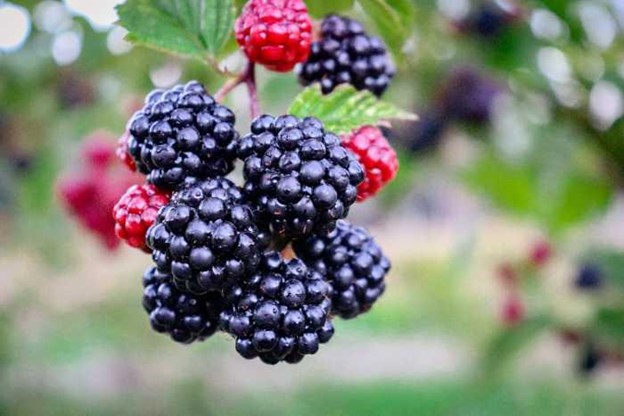
The best way to ensure that you’re only going to use good berries in your berry wine is to put all the fruit that you’ve collected in a bowl full of cold water and leave it for a couple of hours.
The bad, and unripened berries will float to the surface, and the good berries will sink to the bottom. Siphon off the bad berries and leave the good berries to soak while you prepare everything else that you’re going to need to start brewing.
How to make blackberry wine with frozen blackberries
Using frozen blackberries for making blackberry wine is a convenient and effective method that can yield excellent results to make homemade blackberry wine. Frozen blackberries retain much of their flavor and nutrients, making them a suitable choice for crafting delicious fruit wines.
The freezing process can even help break down the cell walls of the berries, making it easier to extract their juices during fermentation.
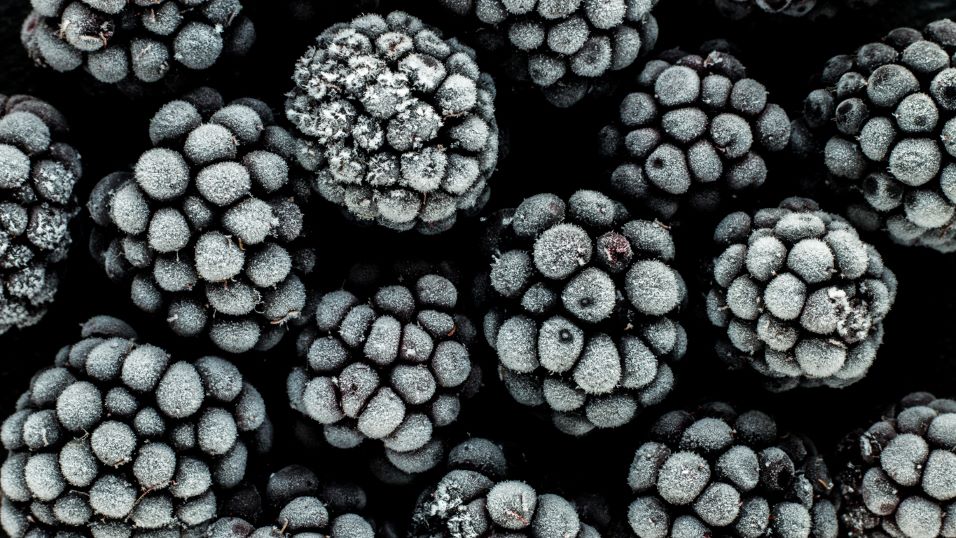
Additionally, frozen blackberries are available year-round, allowing you to make blackberry wine at any time without being reliant on the fruit’s seasonal availability. When using frozen berries, it’s crucial to thaw them completely before beginning the winemaking process to ensure optimal extraction of flavors. By utilizing frozen blackberries for your homemade berry wine, you can enjoy a flavorful and vibrant beverage that captures the essence of this delightful fruit.
The Home Winemakers Arsenal – What You’ll Need To Start Brewing
Now that your fruit is ready, you’ll need to start thinking about everything else that you’ll want to start brewing your first batch of blackberry wine. So, we’ve prepared a list of all the ingredients and equipment needed to brew a gallon of homemade blackberry wine.
Equipment
A potato masher or a food processor, a saucepan, two demijohns, a fermentation bucket with a lid, an airlock, a bung, a bag to strain your fruit through, and a siphon
Ingredients
Four pounds of fresh blackberries, two pounds of sugar, a gallon of water, one sachet of wine yeast, one teaspoon of yeast nutrient, half a teaspoon of pectic enzyme, and one Campden tablet
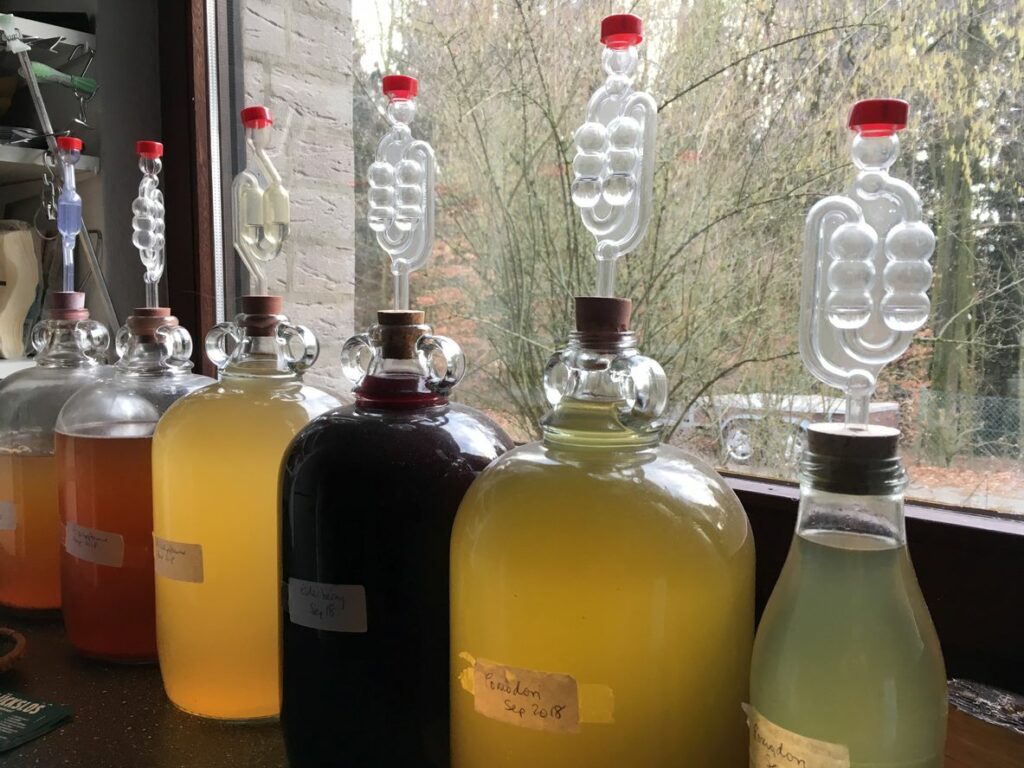
Blackberry Wine Recipe
Pour half of your water into the saucepan, put it on the stove on low heat, and gradually begin to boil.
While the water is slowly starting to reach temperature, put the straining bag inside the fermentation bucket and put your blackberries in the bag (which is in the bucket).
In the next step of our blackberry wine recipe add the sugar to the water in the saucepan, and while keeping an eye on the pan to ensure that the mixture doesn’t burn as the sugar is dissolving, pulverize the blackberries inside the bag with the potato masher.
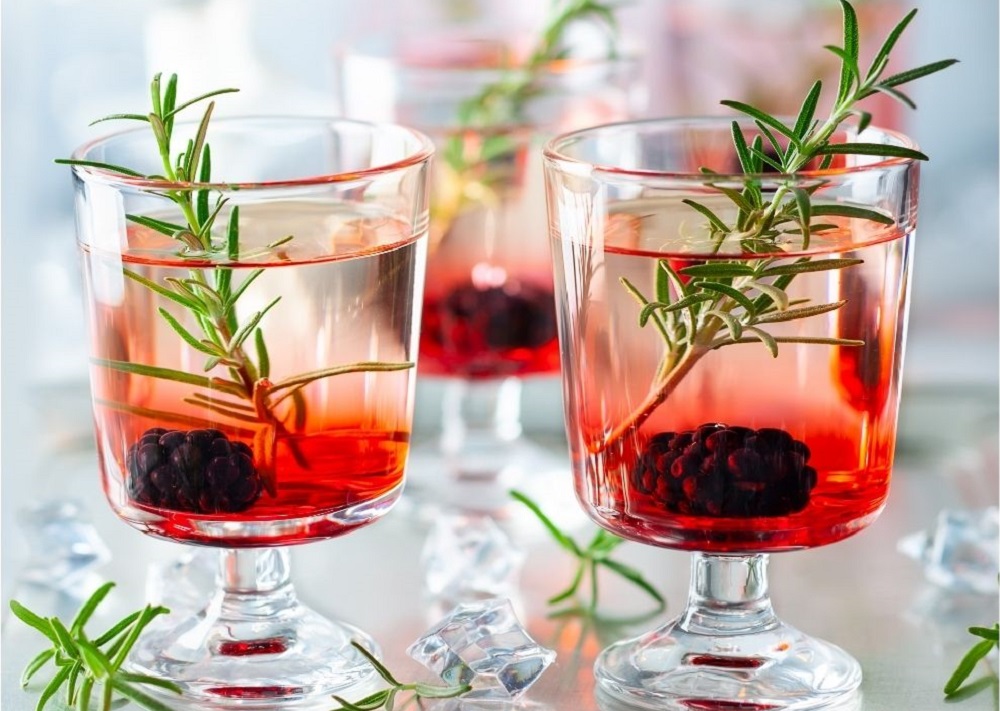
As soon as the sugar has completely dissolved in the water, turn the heat off and leave it to cool for a few minutes.
When the two minutes are up, pour the contents of the pan onto the blackberries, add water (the other half) and stir in honey and the yeast nutrient.
Once the nutrient and the blackberries, sugar, and water have been thoroughly mixed and stirred, leave it to cool for another couple of hours.
After it’s cooled down, crush the Campden tablets, add it to the liquid contents of the fermentation bucket, stir it in, put the lid on the bucket and leave it alone for twelve hours. You can use plastic foil as an air lock which yu have to secure with a rubber band.
Remove the lid, after the correct amount of time has passed, add the pectic enzyme to the mixture, stir it again, put the lid back on the bucket, and walk away from it for a day.
Blackberry wine recipe – Fermentation process
Twenty-four hours later, uncover the bucket containing the pectic enzyme mixture and sprinkle the contents of the yeast packet on the surface of the mixture and fasten the lid back in place with the airlock.
Now that you’ve added the yeast, the first (or primary) fermentation will start to happen, and all you need to do is gently shake the bucket every eight or so hours for the next four days to agitate the mixture and let nature do the rest.
One week after you added the yeast and secured the lid in place with the airlock, open the fermentation bucket, carefully lift the bag and let the fermented juice strain out of the bag and into the bucket.
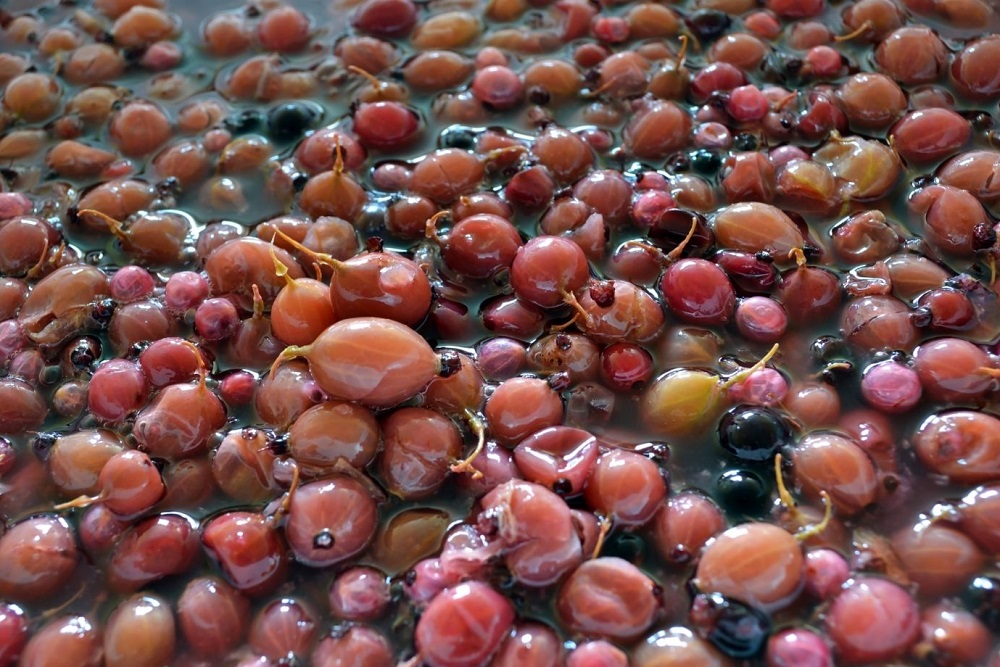
When you’re sure that all the juice has strained through the bag, put it to one side and refasten the lid on the bucket that’s now full of the juice that’s going to become your homemade wine.
Forty-eight hours later, rack (which is a winemaking term that means pouring the contents of one container into another) the contents of the bucket into one of the demijohns and seal it with a bung and an airlock.
Let it settle for three to four weeks, or until the juice has started to look clear, and then rack the wine and (pour) it into the other demijohn.
Bottling time
While it isn’t strictly necessary, it’s always advisable to take a hydrometer reading at this point, as it should show you that you’re on the right path to winemaking success.
Now that your wine is ready, you’ll need to store the demijohn and its contents in a cool, dry place for about six months to allow the wine to fully ferment.
And when the process is complete and the six months are up, your wine will be ready and you can siphon it into wine bottles and enjoy the fruit of your winemaking labor.
You can use the same recipe for other fruit wines to make good wine.
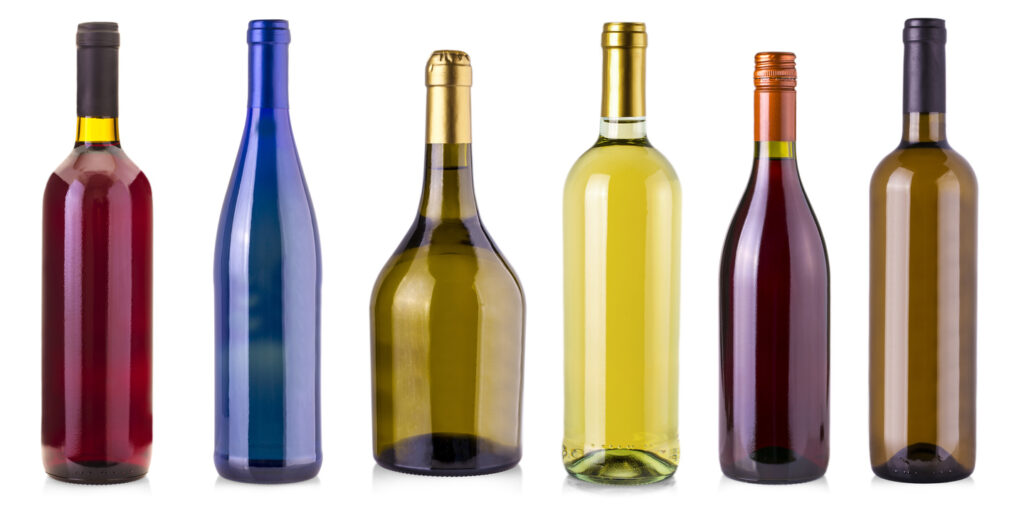
How to make sweet blackberry wine
Once your blackberry wine mixture has fermented for several weeks, it’s time to add sugar to sweeten it to your preference. You can make a dry wine or a sweet wine depending on the primary fermentation activity ans the amount of sugar you add. More sugar means a sweeter wine as well as lower fermentation temperature.
It’s important to taste test as you go along, adding small amounts of sugar at a time and to control the temperature until you reach the desired level of sweetness.
Stabilising your fruit wine
When it comes to stabilizing your fruit wine, the use of potassium sorbate becomes crucial in preventing re-fermentation. This food additive works by inhibiting the growth of yeast cells, ensuring your wine remains stable and free from any unwanted fermentation processes. By carefully adding potassium sorbate after fermentation, you can effectively control the secondary fermentation in your fruit wine.
This step is crucial for back sweetened fruit wines to prevent re-fermenting the added sugar.
Sweet vs dry wine
For those looking for a drier blackberry wine, it’s advisable to add less sugar during this step. This will allow the natural flavors of the blackberries to shine through without being overshadowed by excessive sweetness. Remember, making wine is an art form that requires experimentation and attention to detail, so don’t be afraid to adjust the sugar levels until you achieve the perfect balance for your palate.
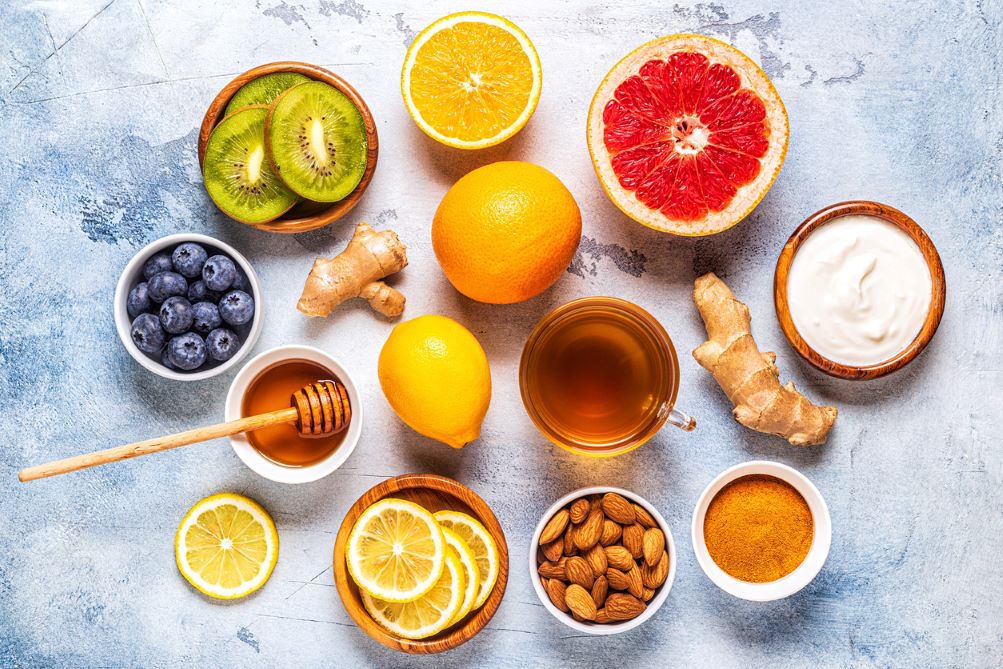
Sweet wine or dry wine depends on how much sugar you add.
Acid blend in Wine making
The use of acid blend in wine making serves as a crucial tool for winemakers seeking to achieve the desired balance and flavor profile in their final product. This blend, typically composed of tartaric, malic, and citric acids, helps to adjust the acidity levels of the wine, ensuring a harmonious taste that is neither too flat nor too sharp. Moreover, acid blend acts as a pH stabilizer during fermentation, providing a suitable environment for yeast to thrive and convert sugars into alcohol.
Wine yeast for homemade blackberry wine
Wine yeast plays an integral role in the winemaking process by facilitating fermentation and imparting unique characteristics to the final product. When combined with acid blend, yeast benefits from a controlled pH environment that promotes optimal growth and activity. This synergy between acid blend and yeast not only enhances the overall flavor complexity of the wine but also ensures its stability over time. As such, mastering the art of balancing acid levels with yeast activity is essential for producing high-quality wines that exhibit both depth and vibrancy.
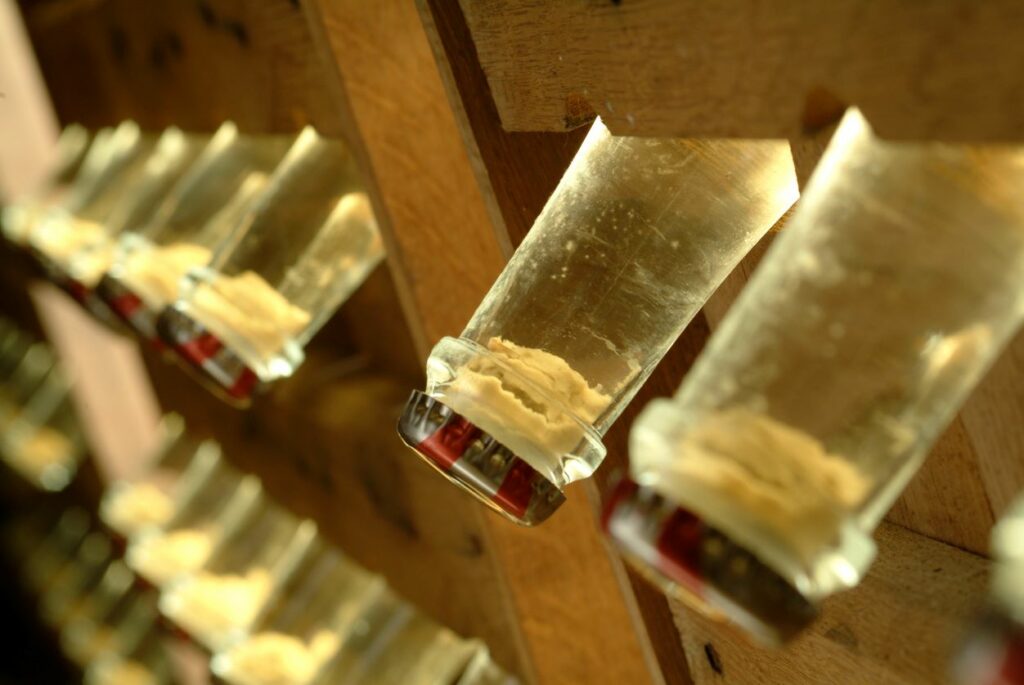
It is important to note that the acid blend is necessary as wine yeast is used for the fermentation instead of natural yeast which is on the surface of the berries. Wine yeast requires different pH conditions and yeast nutrient.
Which food with Blackberry Wine
Blackberry wine is a versatile option when it comes to food pairing especially if you have a sweet tooth. Its rich and fruity flavor profile pairs exceptionally well with desserts like fruit tarts. The tartness of the blackberries in the wine complements the sweetness of the fruit tarts, creating a harmonious balance of flavors on the palate. For an indulgent treat, try enjoying a glass of blackberry wine with a decadent slice of black forest cake. The dark chocolate notes in the cake enhance the berry undertones in the wine, creating a luscious and satisfying combination that will delight your taste buds.
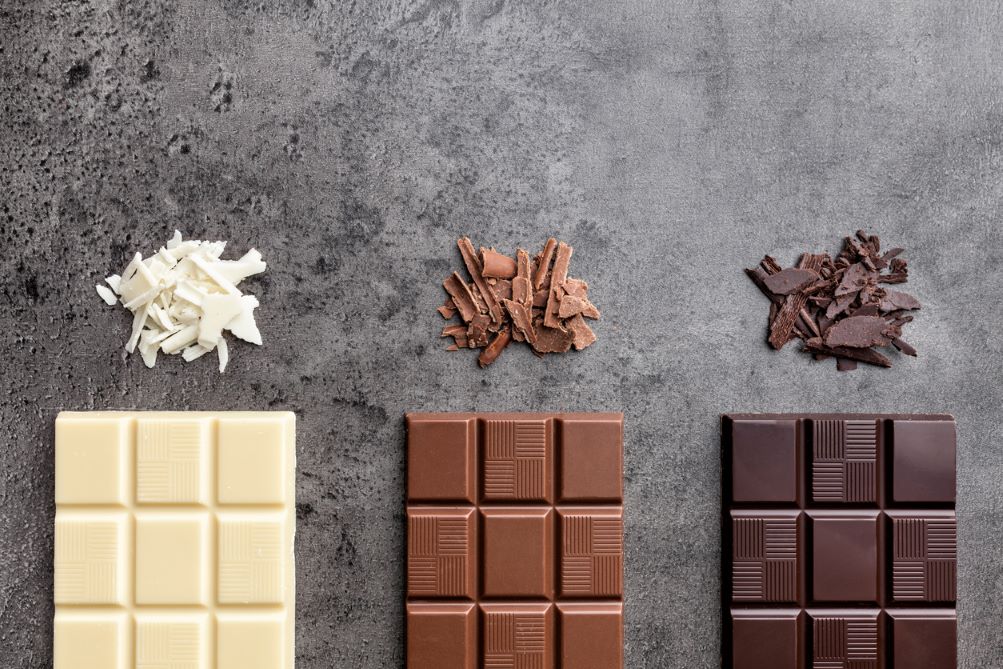
Blackberry wine brands
Blackberry wine lovers rejoice, for a delightful world of flavors awaits with brands like Stella Rosa, Manischewitz, and St James Winery leading the charge. Stella Rosa’s blackberry wine combines notes of fresh berries with a hint of sweetness, creating a refreshing and balanced taste that lingers on the palate.
The deep purple hue of Manischewitz blackberry wine hints at the rich and bold flavors waiting to be savored, making it a perfect choice for those who enjoy a full-bodied wine experience.
On the other hand, St James Winery offers a unique twist with its blackberry wine that captures the essence of ripe berries in every sip. Each brand brings its own flair to the table, catering to different preferences and palates within the realm of blackberry wines.
Whether you prefer a sweeter touch or a more robust flavor profile, these brands offer an array of options for exploring and indulging in the world of blackberry wines. Venture forth into this flavorful world and discover new dimensions in wine bottles uncorked from these esteemed producers.

